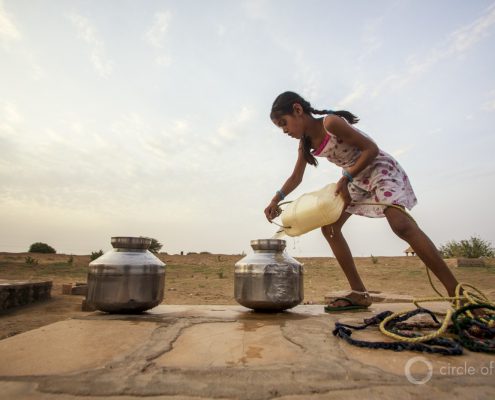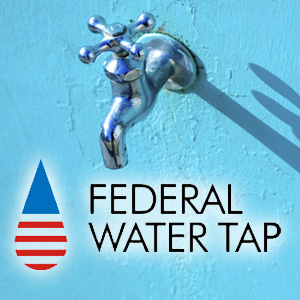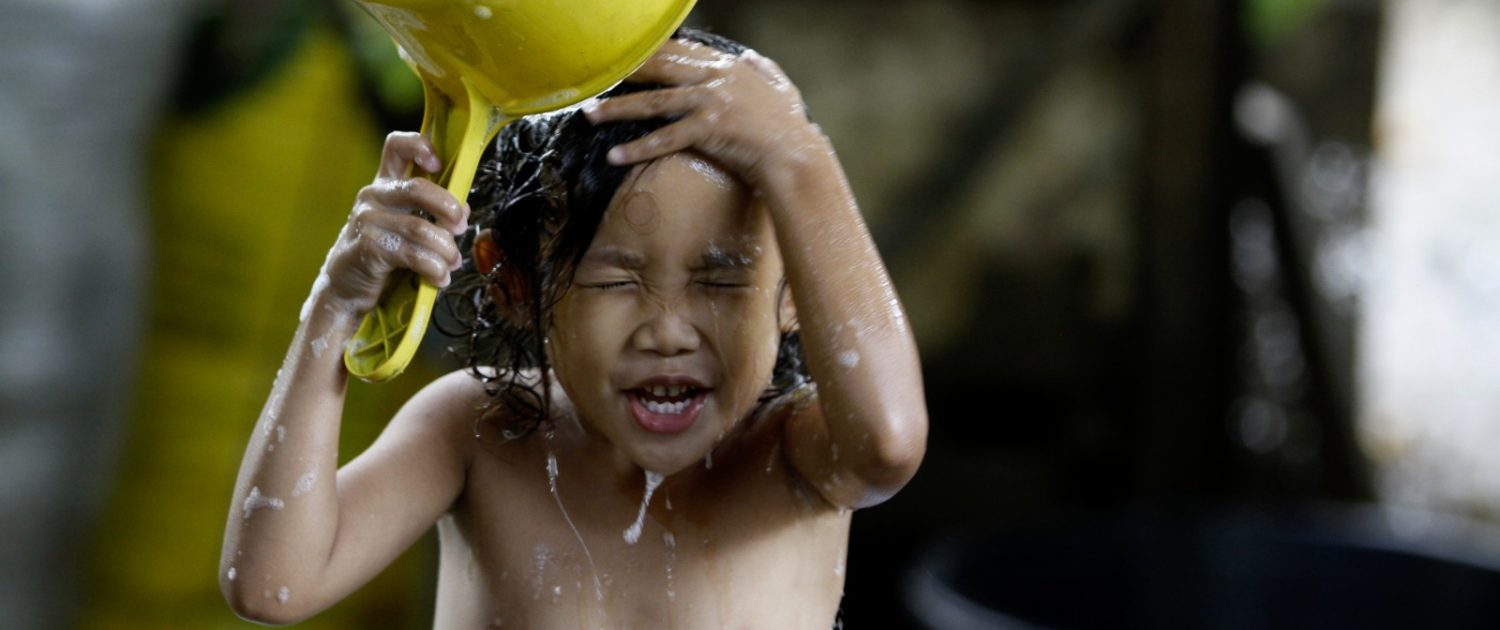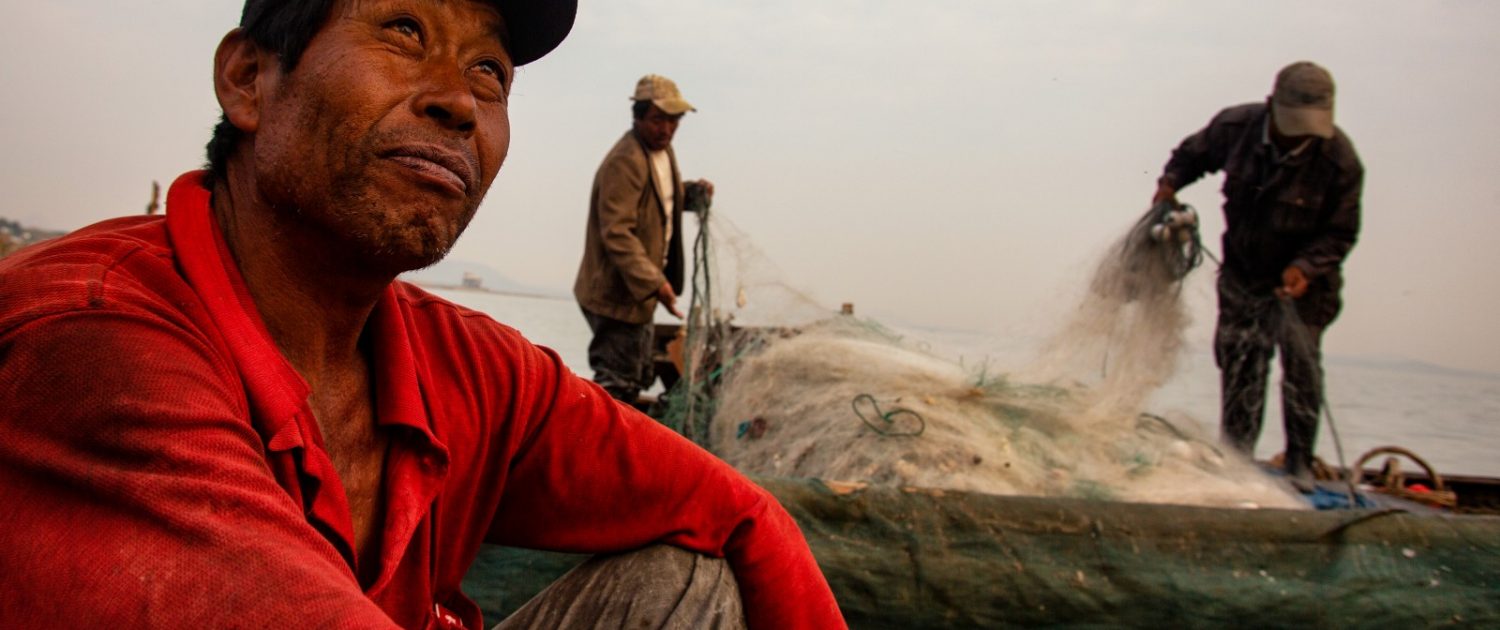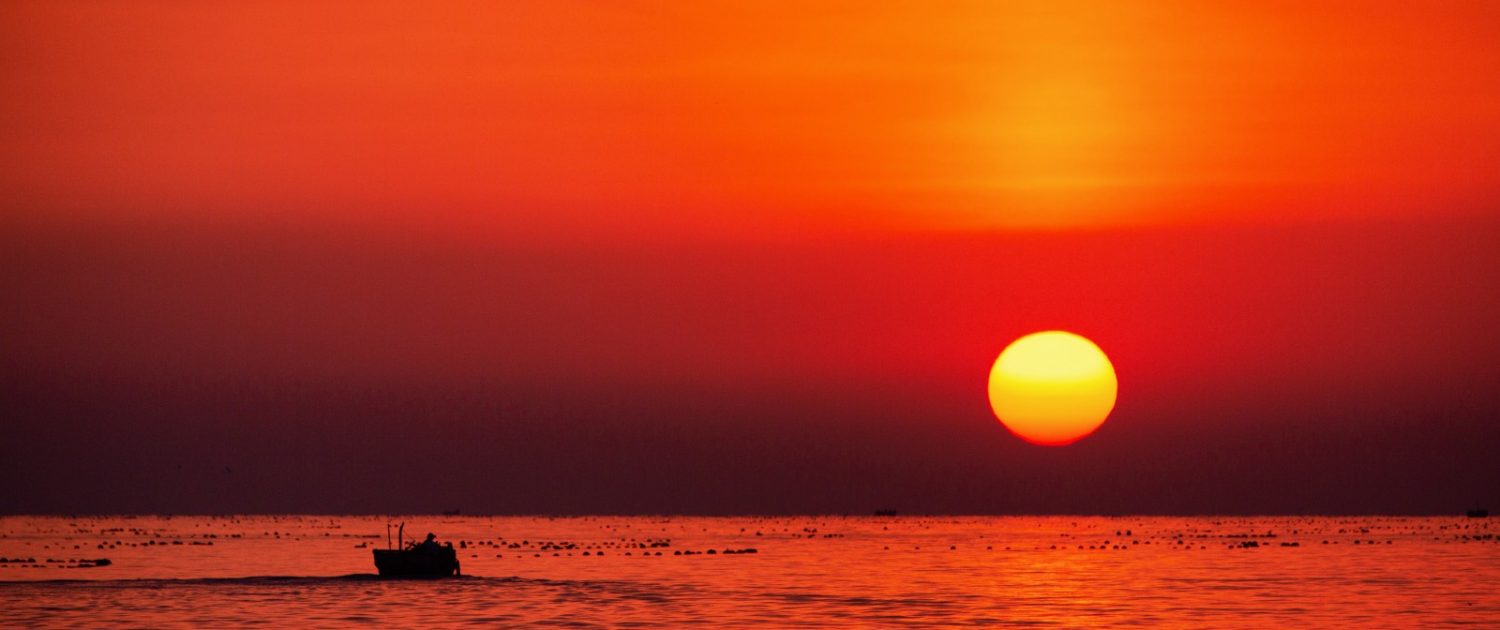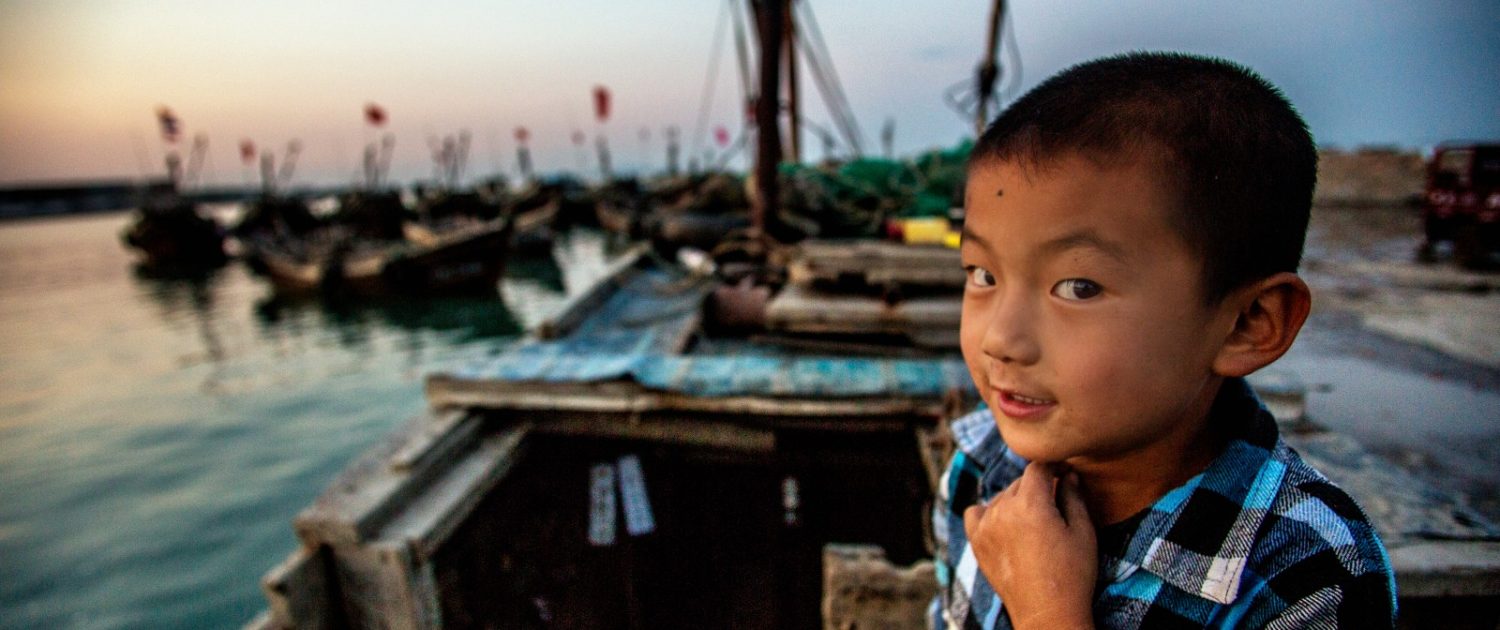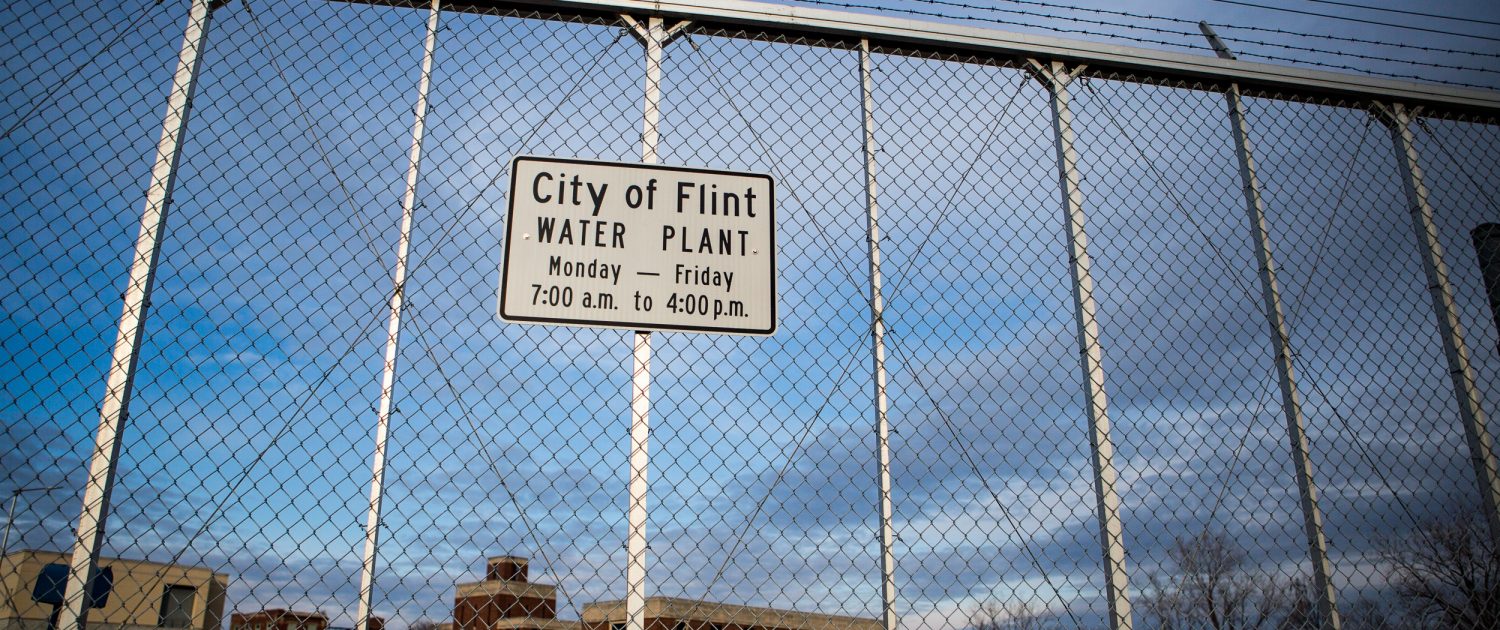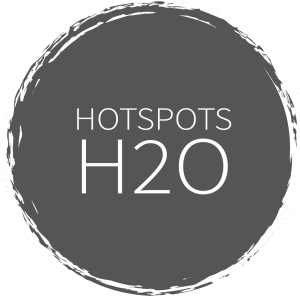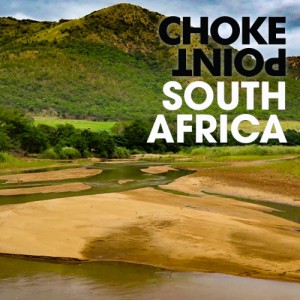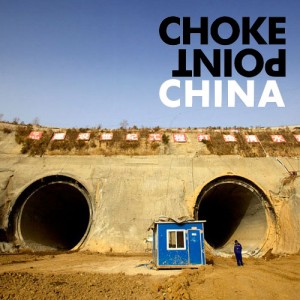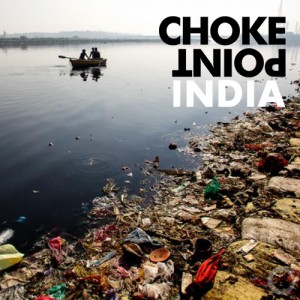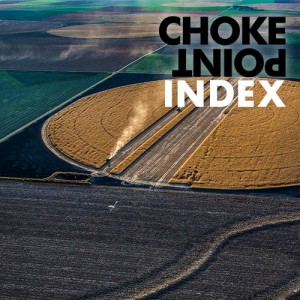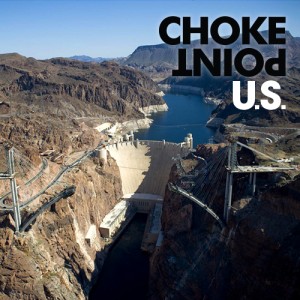 https://www.circleofblue.org/wp-content/uploads/2025/01/unnamed-1.jpg
1365
2048
Circle Blue
https://www.circleofblue.org/wp-content/uploads/2018/06/Circle-of-Blue-Water-Speaks-600x139.png
Circle Blue2025-01-10 12:41:042025-01-10 15:00:32OPINION: Spreading Like Wildfire — How Misinformation About Water and Fire in Los Angeles Inflames the Situation
https://www.circleofblue.org/wp-content/uploads/2025/01/unnamed-1.jpg
1365
2048
Circle Blue
https://www.circleofblue.org/wp-content/uploads/2018/06/Circle-of-Blue-Water-Speaks-600x139.png
Circle Blue2025-01-10 12:41:042025-01-10 15:00:32OPINION: Spreading Like Wildfire — How Misinformation About Water and Fire in Los Angeles Inflames the SituationUniting classic journalism, and data literacy Circle of Blue informs global audiences about the growing competition between water, food, and energy in a changing climate.
Breaking News
What’s Up With Water condenses global water news into snapshot each week.
This week’s edition of What’s Up With Water includes coverage on:
- The Grand Ethiopian Renaissance Dam
- Extreme heat and drought in Pakistan
- A data-sharing dispute between India and China
- Lead levels in Michigan drinking water
Daily Summary of Global Water News
Nairobi, Kenya, seeks new water sources amid faltering rainfall. The mayor of Flint, Michigan,pledges to fight “unwarranted” state oversight of the city’s water system. South Africa lifts its drought national disaster as dry conditions ease. New research shows that annual storm-related flood damages could double as coral reefs die off. Water service slowly returns across Puerto Rico, but problems remain. Read More
Weekly Digest of U.S. Water Policy and Trends.
Reclamation will review environmental effects of controversial New Mexico water project. Watchdog agency warns Reclamation about insider threats to dam security. Farm Bill passes out of Senate committee. EPA moves forward with WOTUS rule replacement. GAO says that some tribes struggle to operate and maintain water and wastewater systems built by federal grants. House committee approves a bill to restrict legal challenges to a Texas reservoir project. EPA will hold a community meeting in New Hampshire on perfluorinated compounds. And lastly, a Senate committee discusses USAID’s organizational shuffle. Read More
HotSpots H2O examines regions and populations that are most at risk from water-related unrest and conflict. It reveals the challenges individuals confront — and the solutions they discover — as they face the greatest challenge of the 21st century: water.
How India responds to water challenges in the next months and years will have effects for generations.
Delhi is thirsty, even parched. As the 3rd largest population center in the world, its 25 million people need water, and lots of it, to survive. It’s clear that how India responds in the next months and years will have effects for generations. How will it mange the intensifying competition between water, food and energy in a changing climate?
It’s clear that getting enough water day-by-day is foremost on people’s minds. When the challenge is so great and children so thirsty, people often take their water sources into their own hands. Some entrepreneurs bring water by tank pulled by a tractor, and sell at an inflated rate. Others drill their own unsanctioned wells, some even in the middle of the street.




